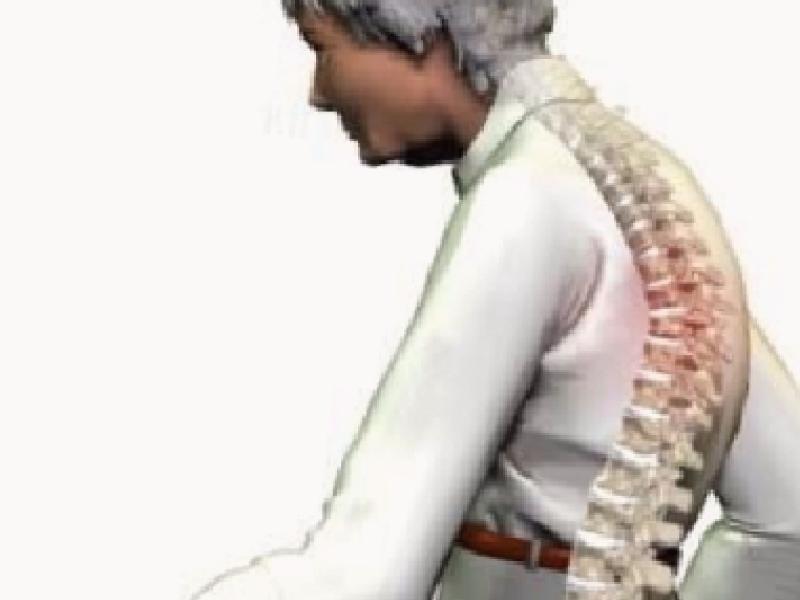
Kyphosis, also known as humpback, is a disease that occurs when the spine bends forward. When viewed from the side, the human spine has anatomically successive reverse curvatures (in the neck, back, waist, and pelvis).
Kyphosis is mostly seen in the back region as a disease. In this region, the upper limit of the normal kyphosis angle is 50 degrees, and when it exceeds this degree, kyphosis at the disease level is mentioned.
When viewed from the side, the head is seen in front of the body in kyphosis patients. When viewed from the side, the kyphosis protrusion is noticeable. An increase in the lumbar pit can also be seen in some patients. These changes are not noticeable in most patients when they are wearing clothes. Therefore, it is best to evaluate the patient while undressed. In general, families notice kyphosis in their children during summer sea and pool activities.
Posture disorder can lose its flexibility over time. Over time, some ligaments in the spine may shorten and turn into kyphosis due to slumping on the chair and slouching. No matter how hard they try, they can’t stand upright. This can be thought of as a conversion to kyphosis.
Symptoms of Kyphosis
The main complaint is cosmetic, and curvature is noticeable when viewed from the side. In some patients, moderate back pain, stiffness in the spine, and general fatigue due to muscle shortness are additional symptoms of kyphosis. Pain due to other reasons may be seen in congenital kyphosis or kyphosis due to spinal fracture.
Humpback Treatment
Exercises to prevent kyphosis may be applicable for kyphosis due to poor posture in general or for Schuerrmann kyphosis in the early stages. Lengthening the short abdominal, chest and leg muscles; Strengthening the muscles around the spine is the main principle.
Humpback Surgery
Surgical treatment is preferred in patients with increased inclination (75 degrees and above). With surgery, the humpback is corrected and the progression of the curvature is stopped.

